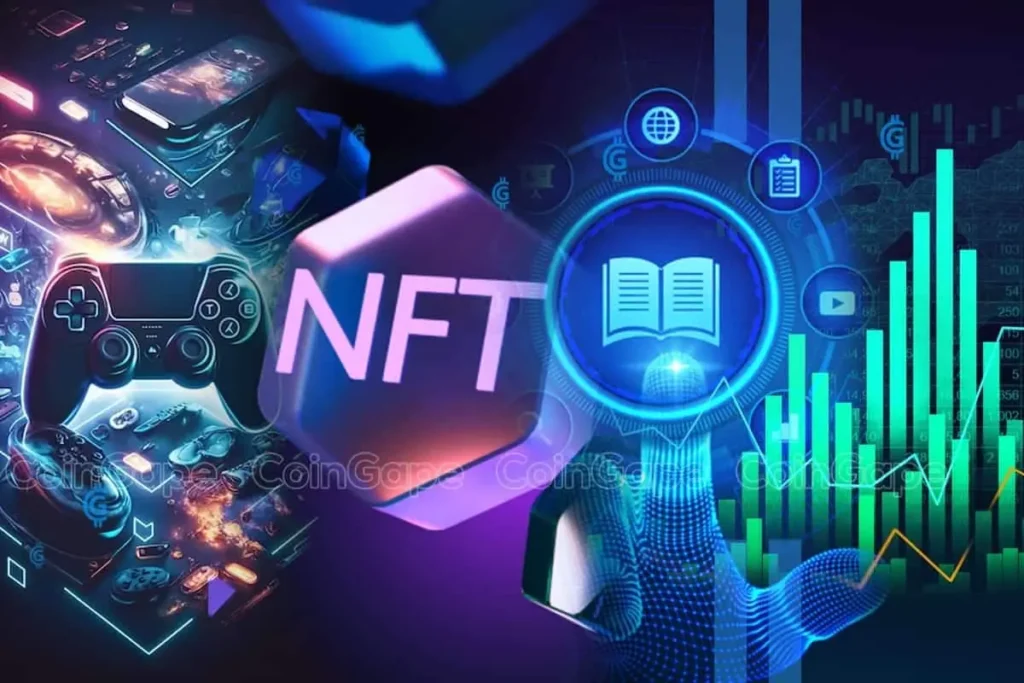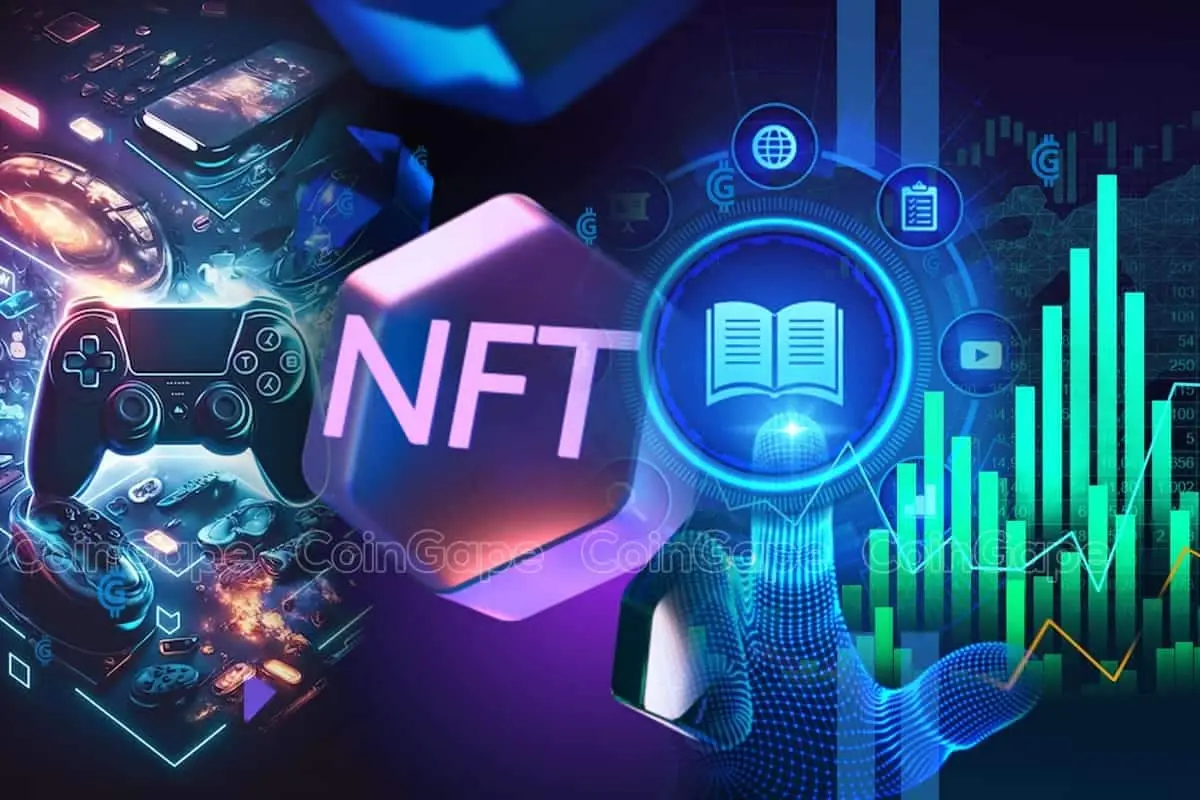In recent years, blockchain technology has made significant strides beyond its origins in cryptocurrency. One of the most transformative areas it has touched is gaming, particularly through Non-Fungible Tokens (NFTs). This article explores how blockchain is reshaping the gaming industry, offering new opportunities for players and creators alike.

Content
Understanding Blockchain and NFTs
Blockchain, the decentralized ledger technology behind cryptocurrencies like Bitcoin and Ethereum, provides a secure and transparent way to record transactions. NFTs are unique digital assets authenticated using blockchain technology, allowing for the ownership and trading of digital items with verified scarcity and provenance.
Enhancing Digital Ownership
Traditionally, in-game items and assets are owned and controlled by game developers, limiting players’ ability to truly own and trade them outside of the game ecosystem. Blockchain-based NFTs enable players to own their digital assets securely on the blockchain, independent of any single platform. This ownership opens up new possibilities for players to buy, sell, and trade items across different games and marketplaces.
Use Cases in Gaming
Blockchain technology is being integrated into various aspects of gaming:
- Asset Ownership and Interoperability: Players can truly own in-game items as NFTs, which can be transferred and traded across different games and platforms. This interoperability breaks down the traditional walled gardens of gaming ecosystems.
- Provenance and Scarcity: NFTs provide proof of ownership and scarcity, which enhances the value of rare in-game items. Players can verify the authenticity and uniqueness of their digital assets, fostering a sense of value akin to physical collectibles.
- Player-driven Economies: Blockchain enables the creation of player-driven economies where virtual goods have real-world value. Players can earn income through creating, trading, and selling digital assets, turning gaming into a potential source of livelihood.
Examples of Blockchain Integration
Several games and platforms are pioneering blockchain integration:
- Decentraland: A virtual reality platform where users can buy, sell, and develop virtual land and assets using blockchain technology.
- Axie Infinity: A blockchain-based game where players collect, breed, and battle digital creatures called Axies. Players can trade Axies and in-game items as NFTs.
- CryptoKitties: An early example of blockchain gaming, where players can buy, sell, and breed unique virtual cats as NFTs on the Ethereum blockchain.
Challenges and Considerations
While blockchain offers promising solutions, challenges remain:
- Scalability: Blockchain networks must scale to handle the transaction volume of gaming ecosystems without compromising speed and cost-effectiveness.
- Regulatory Uncertainty: NFTs and blockchain gaming are still evolving, raising regulatory questions around ownership, taxes, and legal rights.
- Environmental Impact: The energy consumption of blockchain networks, particularly proof-of-work systems like Ethereum, is a concern due to their carbon footprint.
Conclusion
Blockchain technology and NFTs are revolutionizing the gaming industry by empowering players with true ownership of digital assets and fostering new economic models. As the technology continues to evolve, it promises to bring more innovation, creativity, and opportunities to both gamers and developers alike.






